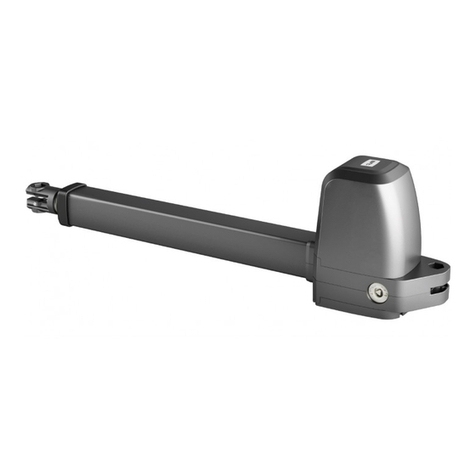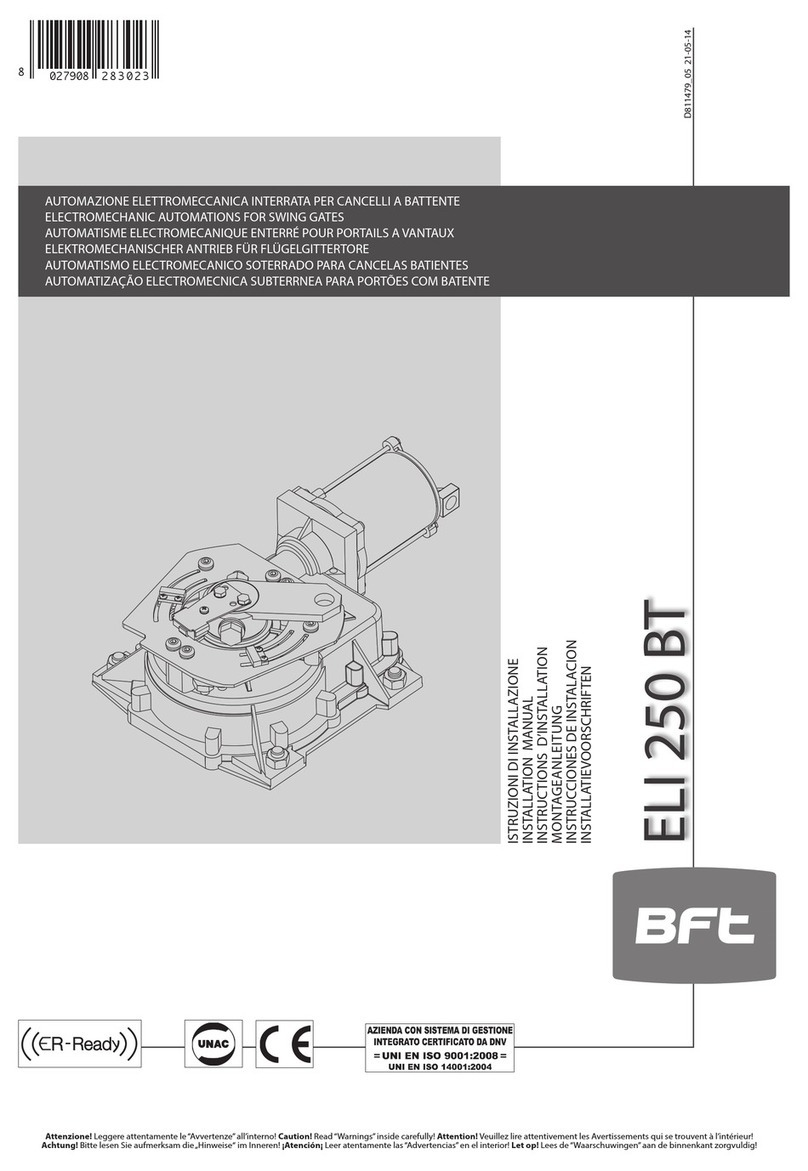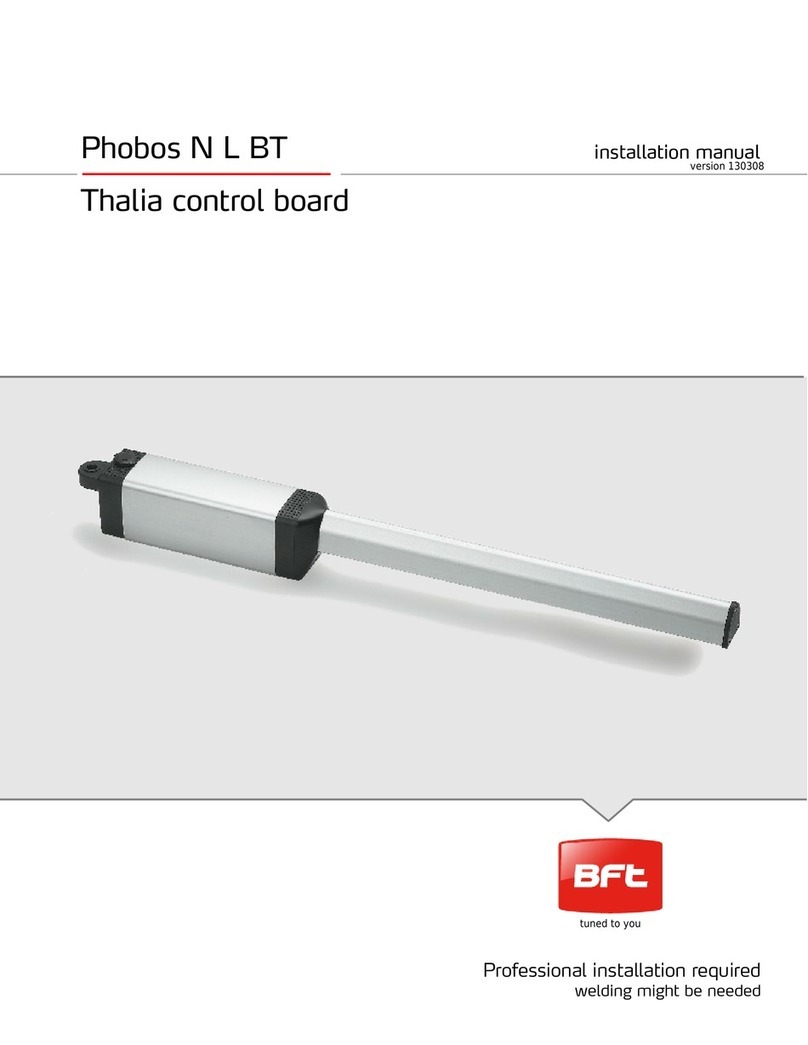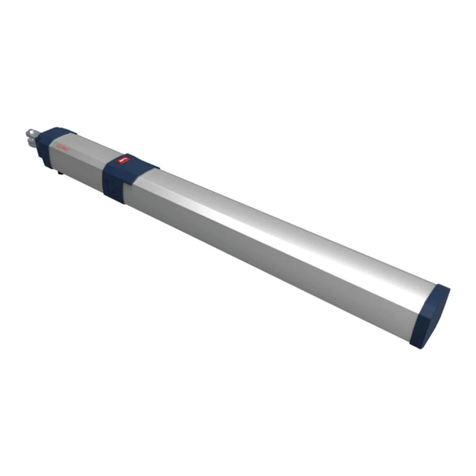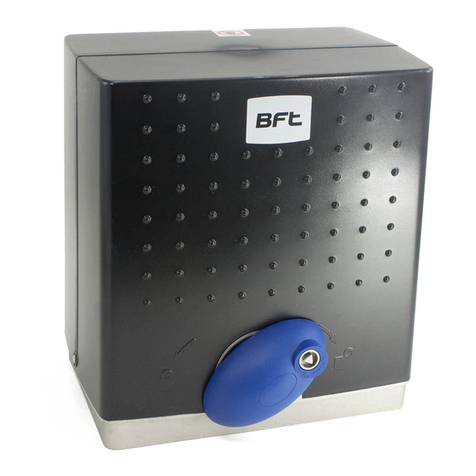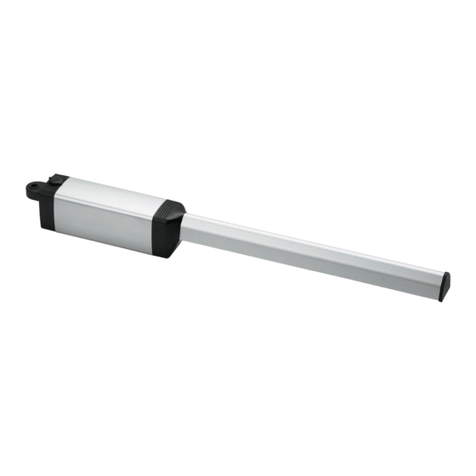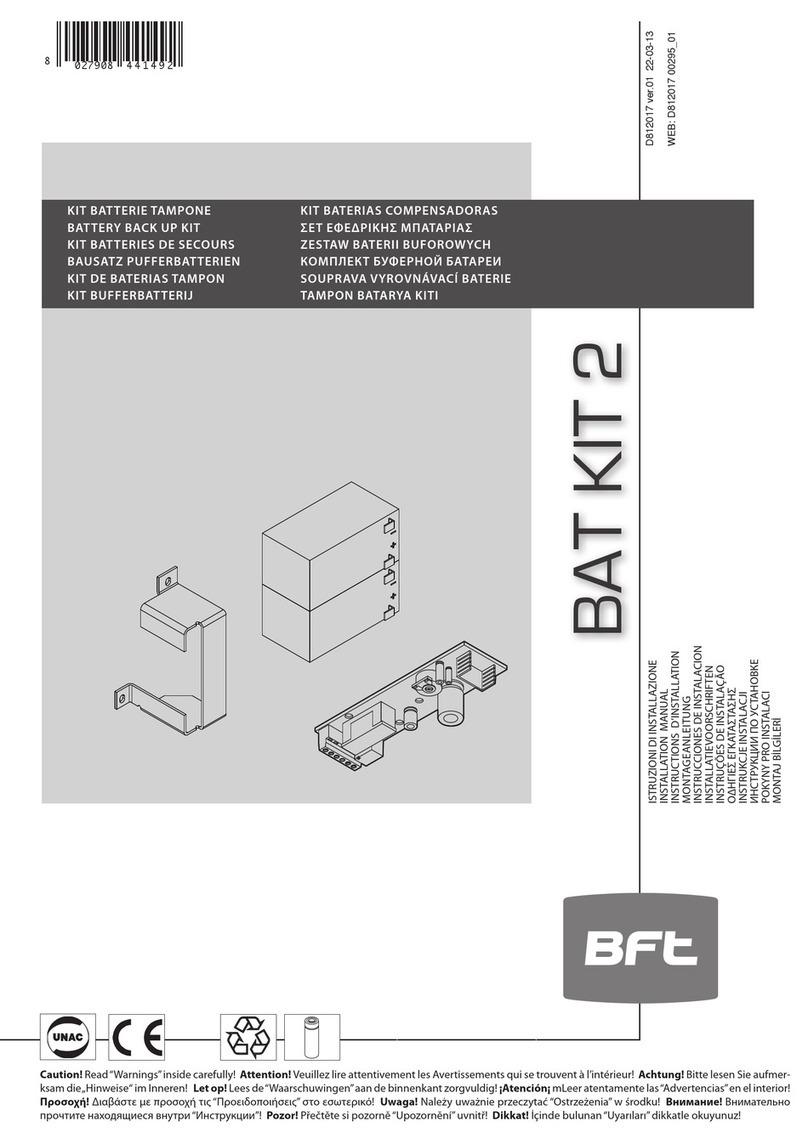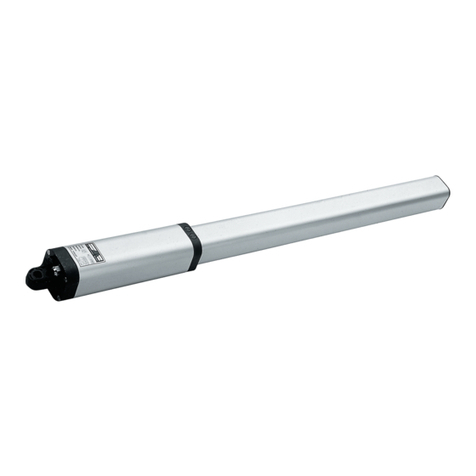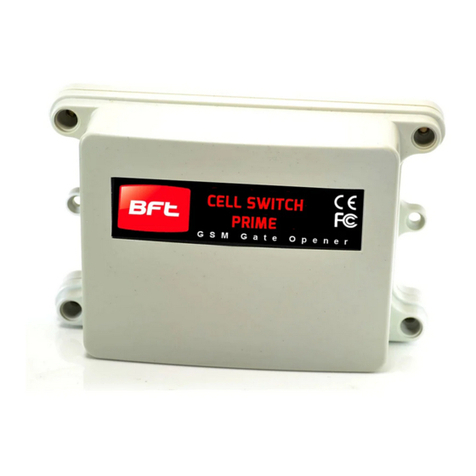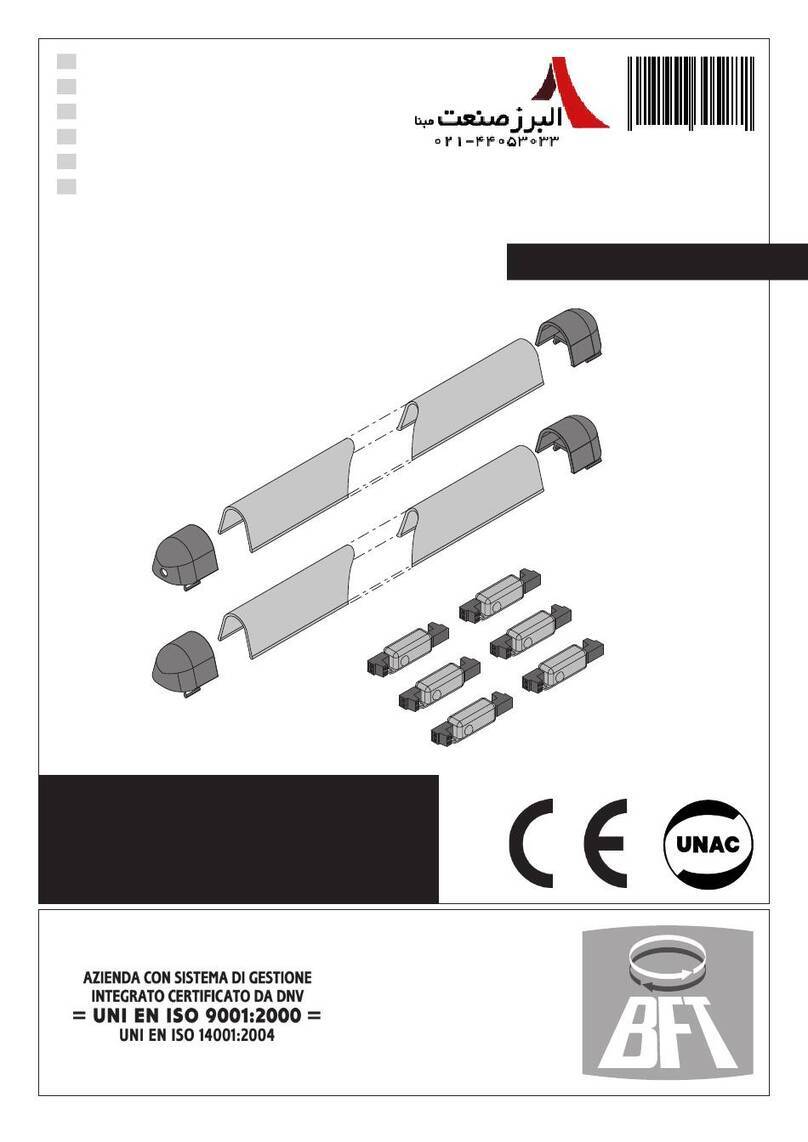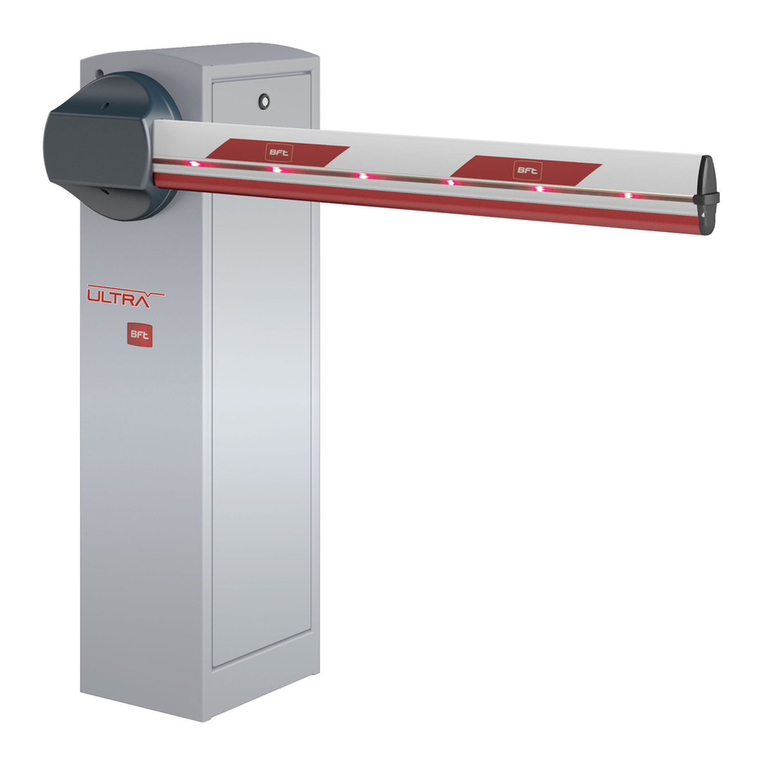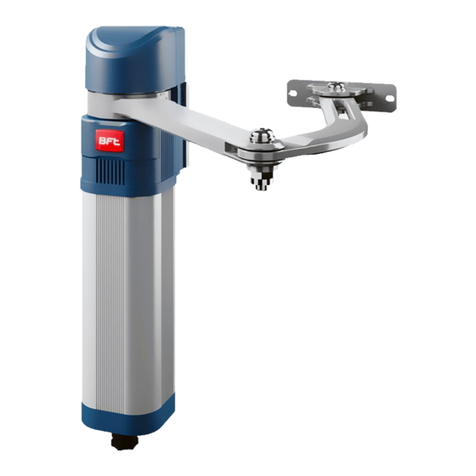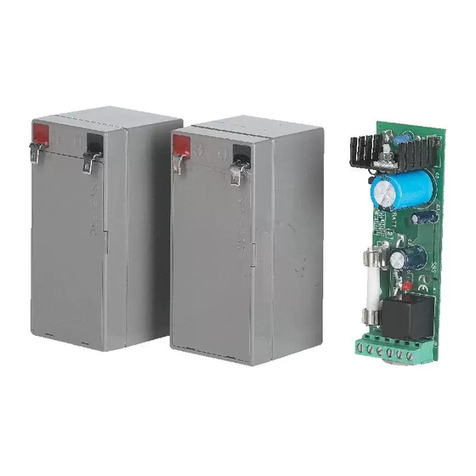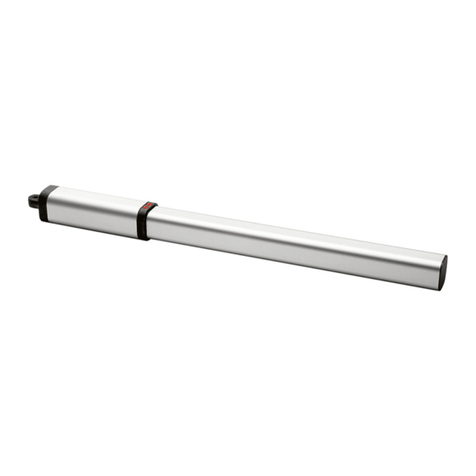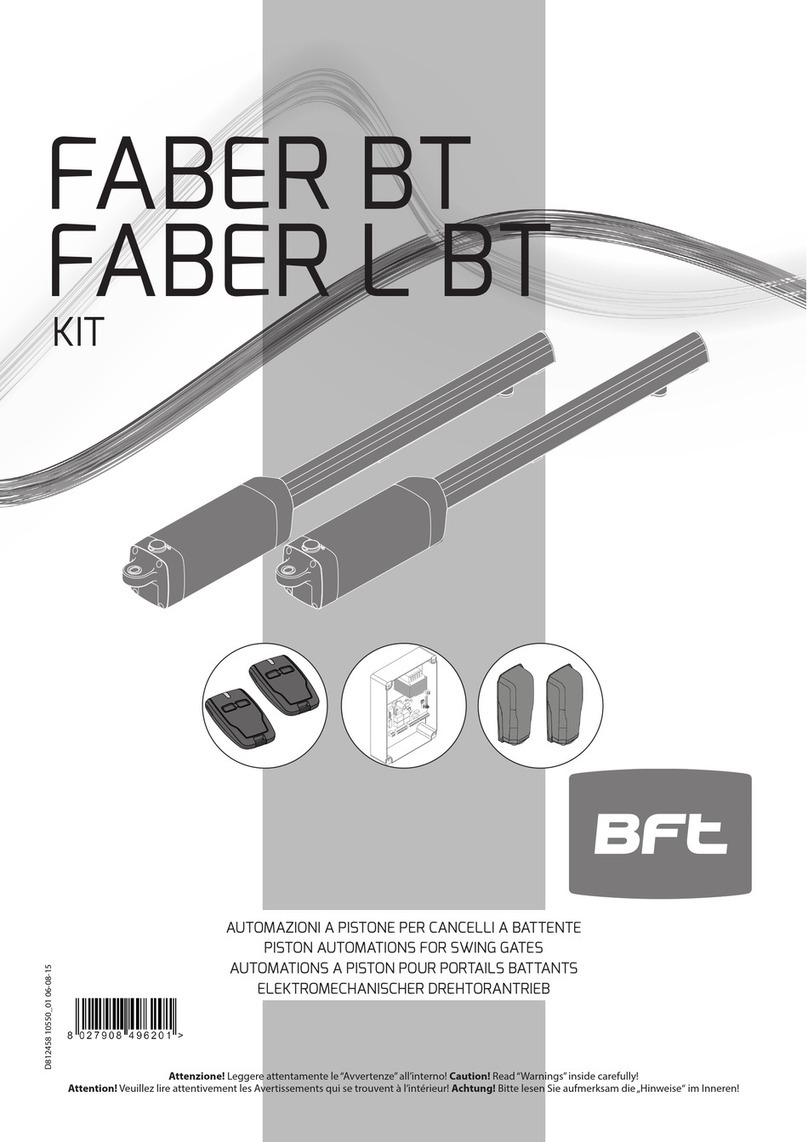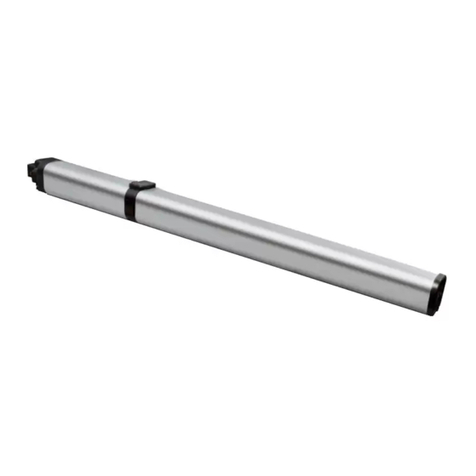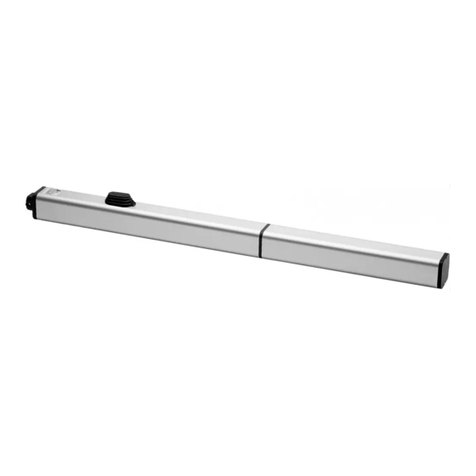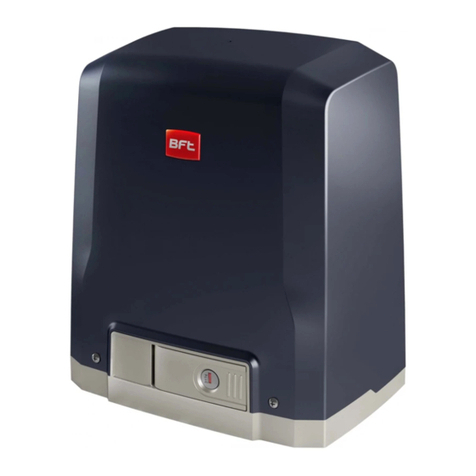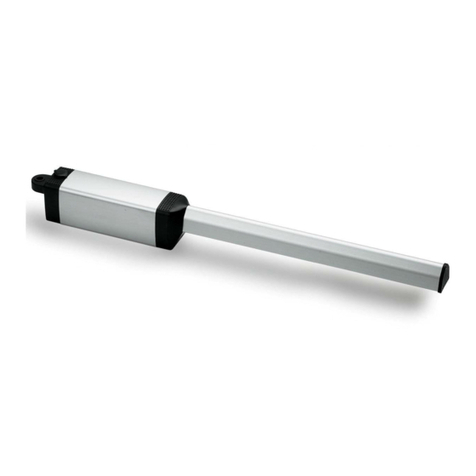
AVVERTENZE GENERALI
ATTENZIONE Importanti istruzioni di sicurezza. Leggere e seguire attenta-
mente l’opuscolo Avvertenze ed il Libretto istruzioni che accompagnano il
prodotto poiché una installazione errata può causare danni a persone, ani-
mali o cose. Esse forniscono importanti indicazioni riguardanti la sicurezza,
l’installazione, l’uso e la manutenzione.
1) SICUREZZA GENERALE
ATTENZIONE!Unainstallazioneerrataounuso impropriodelprodotto,
può creare danni a persone, animali o cose.
• Smaltire i materiali di imballo (plastica, cartone, polistirolo, ecc.) secondo
quanto previsto dalle norme vigenti. Non lasciare buste di nylon e poli-
stirolo a portata dei bambini.
• Conservare le istruzioni per allegarle al fascicolo tecnico e per consultazioni
future.
• Questo prodotto è stato progettato e costruito esclusivamente per l’utilizzo
indicato in questa documentazione.
Usi non indicati in questa documentazione potrebbero essere fonte di
danni al prodotto e fonte di pericolo.
• La Ditta declina qualsiasi responsabilità derivante dall’uso improprio o
diverso da quello per cui è destinato ed indicato nella presente docu-
mentazione.
• Non installare il prodotto in atmosfera esplosiva.
• Gli elementi costruttivi della macchina devono essere in accordo con le
seguentiDirettiveEuropee:2004/108/CEE,2006/95/CEE,98/37CEEe loro
modiche successive. Per tutti i Paesi extra CEE, oltre alle norme nazionali
vigenti, per un buon livello di sicurezza è opportuno rispettare anche le
norme sopracitate.
• La Ditta declina qualsiasi responsabilità dall’inosservanza della Buona
Tecnica nella costruzione delle chiusure (porte, cancelli, ecc.), nonché
dalle deformazioni che potrebbero vericarsi durante l’uso.
•
L’installazione deve essere in accordo con quanto previsto dalle Direttive
Europee: 2004/108/CEE, 2006/95/CEE, 98/37 CEE e loro modiche succes-
sive.
• Togliere l’alimentazione elettrica, prima di qualsiasi intervento sull’im-
pianto. Scollegare anche eventuali batterie tampone se presenti.
• Prevedere sulla rete di alimentazione dell’automazione, un interruttore
o un magnetotermico onnipolare con distanza di apertura dei contatti
uguale o superiore a 3,5 mm.
• Vericare che a monte della rete di alimentazione, vi sia un interruttore
dierenziale con soglia da 0.03A.
• Vericare se l’impianto di terra è realizzato correttamente: collegare tutte
lepartimetallichedella chiusura(porte,cancelli, ecc.)etuttii componenti
dell’impianto provvisti di morsetto di terra.
• Applicare tutti i dispositivi di sicurezza (fotocellule, coste sensibili, ecc.)
necessari a proteggere l’area da pericoli di schiacciamento, convoglia-
mento, cesoiamento.
• Applicare almeno un dispositivo di segnalazione luminosa (lampeggiante)
in posizione visibile, ssare alla struttura un cartello di Attenzione.
• La Ditta declina ogni responsabilità ai ni della sicurezza e del buon
funzionamento dell’automazione se vengono impiegati componenti di
altri produttori.
• Usare esclusivamente parti originali per qualsiasi manutenzione o ripa-
razione.
• Non eseguire alcuna modica ai componenti dell’automazione se non
espressamente autorizzata dalla Ditta.
• Istruire l’utilizzatore dell’impianto per quanto riguarda i sistemi di comando
applicati e l’esecuzione dell’apertura manuale in caso di emergenza.
• Tutto quello che non è espressamente previsto in queste istruzioni, non
è permesso.
• Vericare che il range dichiarato di temperatura sia compatibile con il
luogo destinato all’installazione dell’automazione.
• Se presente, il pulsante a ritenuta (uomo presente) deve essere installato
in vista della porta ma distante dalle parti in movimento, ad una altezza
di 1,5 m e non accessibile al pubblico.
• Se l’automazione è installata ad una altezza inferiore a 2,5 m, è neces-
sario garantire un adeguato grado di protezione delle parti elettriche e
meccaniche.
• Assicurarsi che sia evitato lo schiacciamento tra parti in movimento e parti
sse circostanti. Applicare tutti i dispositivi di sicurezza (fotocellule, coste
sensibili, ecc.) necessari a proteggere l’area da pericoli di schiacciamento,
convogliamento e cesoiamento.
• Dopo aver eseguito l’installazione, assicurarsi che il settaggio del motore
sia correttamente impostato e che i sistemi di protezione e di sblocco
funzionino correttamente.
• L’installazione deve essere fatta utilizzando dispositivi di sicurezza e
comandi conformi alla EN 12978.
VERIFICA DELL’AUTOMAZIONE
Prima di rendere denitivamente operativa l’automazione, controllare scru-
polosamente quanto segue:
• Vericare che tutti i componenti siano ssati saldamente.
• Controllare il corretto funzionamento di tutti i dispositivi di sicurezza
(fotocellule, costa pneumatica, ecc).
• Vericare il comando della manovra di emergenza.
• Vericare l’operazione di apertura e chiusura con i dispositivi di comando
applicati.
• Vericare la logica elettronica di funzionamento normale (o personalizzata)
nella centralina di comando.
REGOLAZIONE DELLA FORZA DI SPINTA
ATTENZIONE:Vericarecheilvaloredellaforzad’impatto misurato
nei punti previsti dalla norma EN 12445, sia inferiore a quanto
indicato nella norma EN 12453.
La forza di spinta si regola con estrema precisione mediante regolazione
elettronica della centrale di comando. Il funzionamento a ne corsa è regolato
elettronicamente nel quadro di comando.
Per una buona sicurezza antischiacciamento, la forza di spinta deve essere di
poco superiore a quella necessaria per muovere l’anta sia in chiusura che in
apertura; la forza, misurata in punta all’anta, non deve comunque superare
i limiti previsti dalle norme sopra indicate.
COMANDO
Il comando può essere di diverso tipo (manuale, con radiocomando, con-
trollo accessi con badge magnetico, ecc.) secondo le necessità e le caratte-
ristiche dell’installazione. Per i vari sistemi di comando, vedere le relative
istruzioni.
INCONVENIENTI E RIMEDI
Funzionamento difettoso del motoriduttore
• Vericare con apposito strumento la presenza di tensione ai capi del
motoriduttore dopo il comando di apertura o chiusura.
Se il motore vibra ma non gira, può essere:
• Sbagliato il collegamento dei li (rivedere schema di collegamento).
• Se il movimento dell’anta, è contrario a quello che dovrebbe essere,
invertire i collegamenti di marcia del motore nella centralina.
Il primo comando dopo un’interruzione di rete deve essere di apertura
ARRESTI ANTE.
DEMOLIZIONE
L’eliminazione dei materiali va fatta rispettando le norme vigenti. Nel caso
di demolizione dell’automazione non esistono particolari pericoli o rischi
derivanti dall’automazione stessa. È opportuno, in caso di recupero dei
materiali, che vengano separati per tipologia (parti elettriche - rame - allu-
minio - plastica - ecc.).
SMANTELLAMENTO
Attenzione: Avvalersi esclusivamente di personale qualicato.
Nel caso l’automazione venga smontata per essere poi rimontata in altro
sito bisogna:
• Togliere l’alimentazione e scollegare tutto l’impianto elettrico esterno.
• Nel caso alcuni componenti non possano essere rimossi o risultino dan-
neggiati, provvedere alla loro sostituzione.
ITALIANO
Ilbuonfunzionamentodell’automazioneègarantitosolo sevengono
rispettateidatiriportatiinquestomanuale.La Dittanonrisponde dei
danni causati dall’inosservanza delle norme di installazione e delle
indicazioni riportate in questo manuale.
Le descrizioni e le illustrazioni del presente manuale non sono
impegnative. Lasciando inalterate le caratteristiche essenziali del
prodotto, la Ditta si riserva di apportare in qualunque momento le
modiche che essa ritiene convenienti per migliorare tecnicamente,
costruttivamente e commercialmente il prodotto, senza impegnarsi
ad aggiornare la presente pubblicazione.
PHOBOS N - PHOBOS NL - 7
D811521 00100_01
